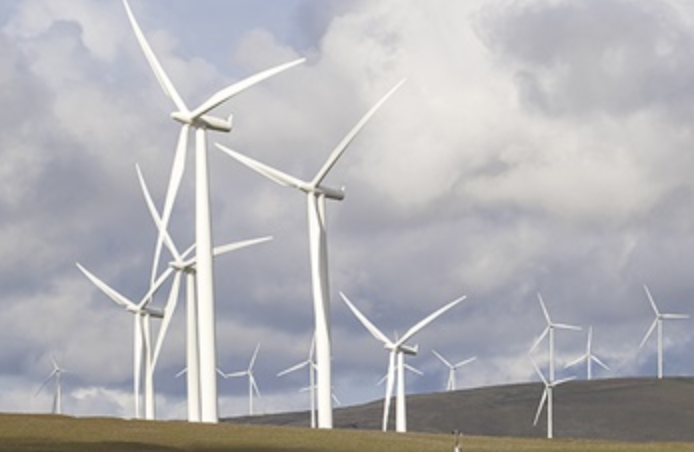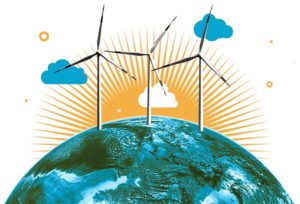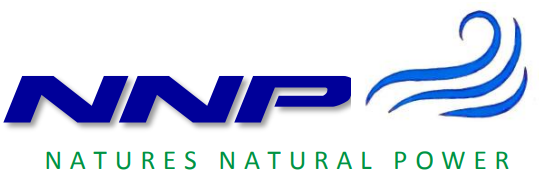DESIGN OVERVIEW
The basic concept of our new patented electricity generating unit is three-fold.
- The first benefit of the Natures Natural Power (NNP) generation system is the ability to generate electricity at windspeeds lower than comparable turbines can start operating.
- The second goal is to enable wind turbines to generate electricity at higher windspeeds than comparable wind turbines can operate.
- The third characteristic of the NNP generation system is to generate electricity more efficiently than comparable existing turbines.
The design uses a unique adaptation of the torque multiplication technology originally developed by our sister company Trident known as Trident Torque Multiplication Technology “TTMT”, that introduces a pairing of bespoke technologies, a physical generation system to be housed within the nacelle of wind turbines and a specially developed electronic control module. These two systems will be adaptable to be suitable for any wind turbine available currently or in future to help accelerate our mission to move to net zero energy.
Another benefit of our design helps overcome an ever-increasing issue in wind turbine location. As our turbines create much more electricity than current designs you don’t need as many to create the same power generation. The siting of wind turbines on land has always been a controversial subject, with many residents objecting. Fewer, more efficient turbine installations could help this problem.
We can provide a unique and unprecedented advantage to owners and operators of commercial wind farms, with initial figures from the University of Strathclyde showing capabilities of producing 664% of the expected generation from the same turbine, requiring no changes to the blades or superstructure of the turbine. Which has earned us international interest from potential customers such as Utah Associated Municipal Power Systems (UAMPS) who represent 50 members over 7 states, have expressed interest in installing our system in their Horse Butte wind farm in Idaho.


By fitting our unique driveline system, new and existing wind turbines can produce more electricity than any comparable model, with a broader operating windspeed, greater efficiency, and a greater installed capacity. With a worldwide patent, we able to help wind turbine owners achieve more than ever before, regardless of your location, all as part of our mission to accelerate the world to Net Zero and improve energy security globally.
Research studies undertaken by the doctors from the Wind Energy and Control Centre at the University of Strathclyde, it was shown that introducing our innovative driveline system to an existing Vestas V100-1.8MW turbine can provide multiple benefits. We would be able to expand the operating window down as low as 0.3 meters per second, compared to an existing turbine that only begins operating at 3 meters per second. These studies are soon to be partnered with highly accelerated lifecycle testing (HALT) to be completed at the Offshore Renewable Energy Catapult test facility in Blythe, England to ensure accurate reliability and generation certification can be obtained.


Alongside the earlier start to operation, we will operate more efficiently in the current operating window, where the fitment of an NNP system would generate an average of 37% additional electricity generated above and beyond that expected from a standard turbine. By increasing the generation of every single wind turbine our driveline is fitted into, we will reduce the number of wind turbines that must be produced further accelerating the drive to net neutrality with fewer towers and blades being made to produce more electricity.
Alongside the increased revenue generated by increasing the operating window and improving the efficiency throughout the entire operation, we reduce loss of earnings due to downtime and could extend the lifecycle of the wind turbines which can be valued as high as £161,000 for every 6 months of continued operation per 1.8MW turbine.

The documents produced by the WECC at the University of Strathclyde are downloadable below alongside the figures for the generated expected in a 1.8MW Vestas V100 turbine that could be fitted with our system to increase the capacity to 2.2MW and the expected generation for a 5.5MW turbine after the installation of our unique driveline system.

